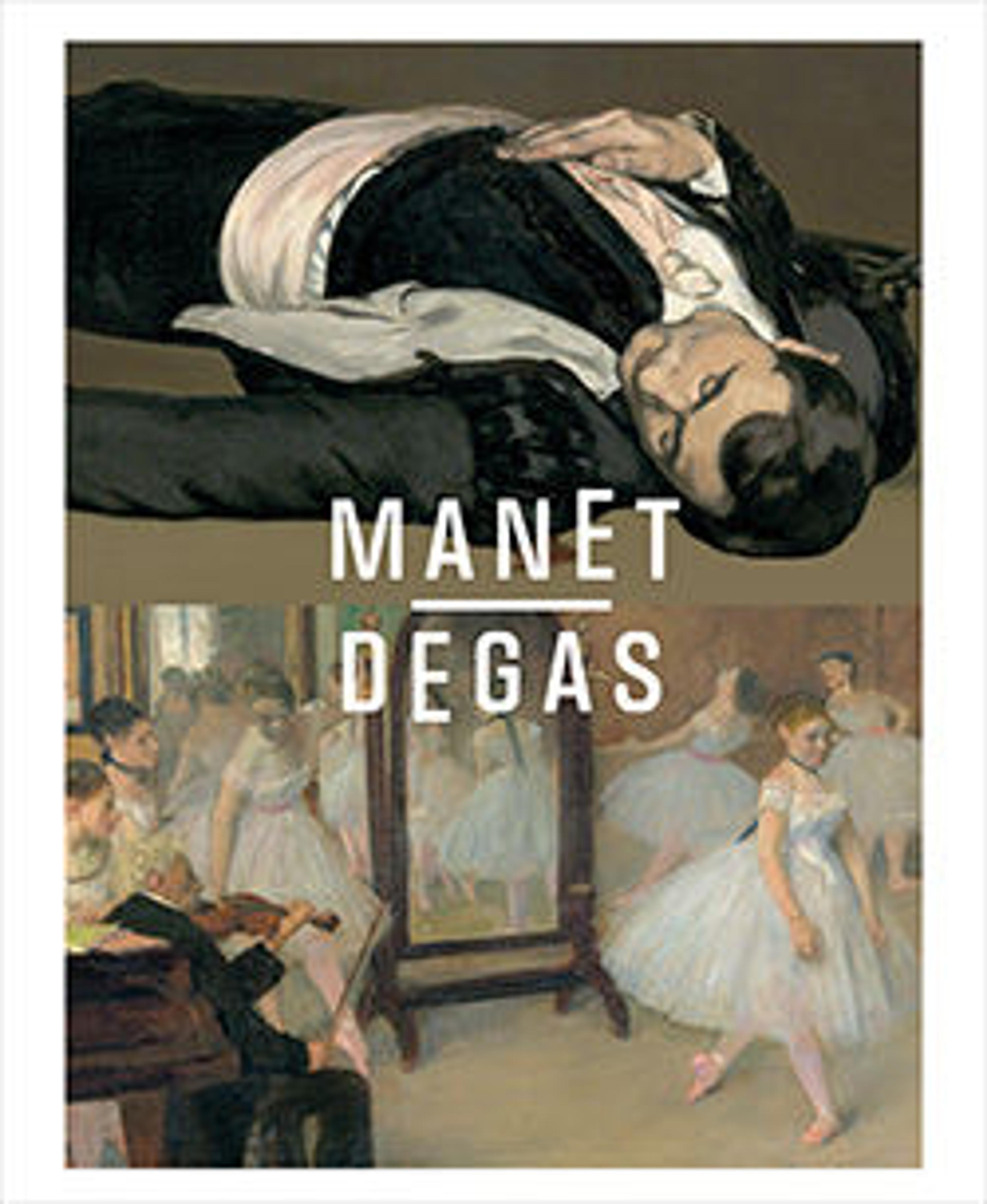Plate 26 from "The Disasters of War" (Los Desastres de la Guerra): 'One can't look' (No se puede mirar)
After Napoleon's invasion of Spain in 1807 and 1808 brought about the abdication of the Spanish king, violent protests against the French erupted in Madrid. The uprising of May 2, 1808, marked the start of the armed Spanish resistance, which dragged on in guerrilla warfare until 1814. During the war, Goya documented his horror and outrage at the atrocities committed by soldiers and patriots in his series of 80 prints 'The Disasters of War'. Never before had a story of man's inhumanity been told so compellingly, every episode reported with compassion, honesty and respect for the victims. Not until 1863, thirty-five years after Goya's death, was the first of seven posthumous editions of the Disasters published by Spain's Royal Academy, which in 1862 purchased all eighty etched copperplates.
Artwork Details
- Title: Plate 26 from "The Disasters of War" (Los Desastres de la Guerra): 'One can't look' (No se puede mirar)
- Series/Portfolio: The Disasters of War
- Artist: Goya (Francisco de Goya y Lucientes) (Spanish, Fuendetodos 1746–1828 Bordeaux)
- Date: 1810 (published 1863)
- Medium: Etching, burnished lavis, drypoint, burin
- Dimensions: Plate: 5 11/16 × 8 1/4 in. (14.5 × 21 cm)
Sheet: 9 15/16 × 13 1/2 in. (25.2 × 34.3 cm) - Classification: Prints
- Credit Line: Purchase, Jacob H. Schiff Bequest, 1922
- Object Number: 22.60.25(26)
- Curatorial Department: Drawings and Prints
More Artwork
Research Resources
The Met provides unparalleled resources for research and welcomes an international community of students and scholars. The Met's Open Access API is where creators and researchers can connect to the The Met collection. Open Access data and public domain images are available for unrestricted commercial and noncommercial use without permission or fee.
To request images under copyright and other restrictions, please use this Image Request form.
Feedback
We continue to research and examine historical and cultural context for objects in The Met collection. If you have comments or questions about this object record, please contact us using the form below. The Museum looks forward to receiving your comments.
